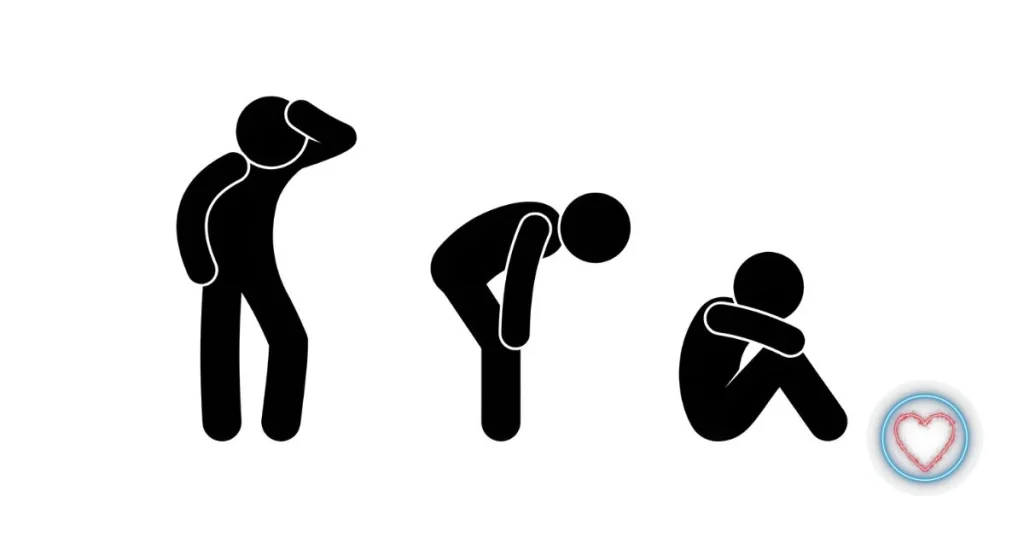In recent years, fitness challenges have surged in popularity, becoming a cornerstone of many workout routines and wellness programs. From 30-day squat challenges to marathon training groups, these structured, goal-oriented programs not only push individuals to improve their physical health but also foster a powerful sense of community. Understanding why fitness challenges are so effective in motivating people and building social connections can provide insights into how to harness their full potential for personal and collective well-being.
What Are Fitness Challenges?
Fitness challenges are structured programs or competitions designed to encourage participants to achieve specific health or exercise-related goals within a set timeframe. These challenges can be self-directed, community-driven, or facilitated by gyms, fitness influencers, or wellness apps. Common examples include:
- 30-day plank or squat challenges
- Step-count contests using fitness trackers
- Couch-to-5K running programs
- Virtual race events or charity runs
- Group weight loss or muscle gain competitions
The format varies widely, but the core elements typically include a clear goal, a timeline, and some form of tracking or accountability.
Why Do Fitness Challenges Motivate?
1. Clear and Achievable Goals
One of the reasons fitness challenges are effective is their clear, measurable objectives. Instead of vague resolutions like “exercise more,” a challenge might specify “do 50 squats a day for 30 days” or “walk 10,000 steps daily.” This concreteness helps participants know exactly what to do, making the goal seem attainable.
2. Short-Term Commitment
Many fitness challenges are designed to last a few weeks to a month. This relatively short duration lowers the barrier to entry and makes the commitment feel manageable. The time-limited nature creates a sense of urgency and encourages participants to stay consistent.
3. Progress Tracking and Feedback
Challenges often incorporate progress tracking, whether through apps, journals, or social media check-ins. Seeing daily or weekly progress provides immediate feedback, which boosts motivation and helps participants stay focused.
4. Accountability
Sharing progress publicly or with a group creates accountability. When others are watching or participating alongside, people are less likely to skip workouts or slack off. This social pressure is a subtle but powerful motivator.
5. Intrinsic and Extrinsic Rewards
Fitness challenges offer a mix of intrinsic rewards (feeling stronger, healthier, and more energetic) and extrinsic rewards (badges, prizes, or social recognition). Both types of rewards reinforce motivation and encourage persistence.
The Psychological Power Behind Fitness Challenges
The motivation generated by fitness challenges can be understood through psychological theories such as the Self-Determination Theory (SDT) and Social Cognitive Theory (SCT).
- Self-Determination Theory emphasizes autonomy, competence, and relatedness as key motivators. Fitness challenges foster competence by allowing participants to see their improvements, autonomy by letting them choose how and when to complete tasks, and relatedness by connecting them with others on similar journeys.
- Social Cognitive Theory highlights the importance of observational learning and social support. Seeing peers succeed and receiving encouragement boosts self-efficacy—the belief in one’s ability to achieve goals.
Building Community Through Fitness Challenges
Beyond individual benefits, fitness challenges play a crucial role in building social connections and community, which in turn amplifies motivation and well-being.
1. Shared Goals and Experiences
Fitness challenges unite people around common goals. Whether it’s training for a charity run or completing a daily yoga pose, participants share experiences that create a sense of belonging. This communal purpose fosters solidarity.
2. Support and Encouragement
Group challenges offer a platform for mutual encouragement. Participants cheer each other on, celebrate milestones, and provide emotional support during setbacks. This social reinforcement makes the journey more enjoyable and less isolating.
3. Friendly Competition
Healthy competition often emerges in fitness challenges, pushing individuals to perform better while maintaining camaraderie. Leaderboards, badges, or rankings can motivate participants to stay engaged and improve.
4. Accountability Networks
When fitness is a social activity, skipping workouts becomes harder. Accountability networks formed through challenges keep participants committed and responsible to each other, increasing adherence.
5. Social Media and Online Communities
The rise of social media has transformed fitness challenges by allowing participants to connect globally. Hashtags, challenge-specific groups, and live streams create vibrant online communities that extend motivation beyond physical spaces.
Real-Life Examples of Fitness Challenges Building Community
Charity Runs and Walks
Events like the Susan G. Komen Race for the Cure or Movember’s “Move for Men” engage communities in fitness challenges with a shared mission—raising awareness and funds for health causes. Participants connect through a shared purpose, strengthening community ties.
Corporate Wellness Challenges
Many companies run wellness programs encouraging employees to participate in fitness challenges like step-count contests or mindfulness streaks. These programs improve workplace camaraderie, reduce stress, and promote healthier lifestyles.
Social Media Fitness Influencers
Influencers often launch fitness challenges that attract thousands of followers. These challenges create virtual communities where participants share progress, exchange tips, and motivate each other, transcending geographical boundaries.
Tips for Successfully Participating in a Fitness Challenge
If you’re considering joining a fitness challenge, here are some tips to maximize motivation and community benefits:
1. Choose a Challenge Aligned With Your Goals
Pick a challenge that matches your fitness level and interests. Setting realistic goals prevents burnout and enhances enjoyment.
2. Commit Publicly
Announce your participation to friends, family, or social media followers to build accountability.
3. Track Your Progress
Use apps, journals, or photos to monitor improvements. Celebrate small wins to stay motivated.
4. Engage With the Community
Interact with fellow participants—offer support, share tips, and celebrate achievements. The social connection boosts commitment.
5. Listen to Your Body
Challenges should push you but not injure you. Modify exercises or rest as needed to prevent setbacks.
6. Reflect on Your Experience
After completing the challenge, evaluate what worked well and what didn’t. Use this insight for future fitness goals.
Potential Challenges and How to Overcome Them
While fitness challenges are beneficial, some hurdles can reduce their effectiveness:
- Overwhelming Intensity: Challenges that are too demanding may discourage participation. Selecting or adapting challenges to your fitness level is key.
- Lack of Personalization: One-size-fits-all challenges might not suit individual needs. Opt for challenges that allow flexibility.
- Social Pressure: For some, public accountability can cause stress or shame. It’s important to participate in a supportive, non-judgmental environment.
- Short-Term Focus: Challenges might encourage temporary changes without fostering long-term habits. Combining challenges with ongoing lifestyle changes helps sustain results.
The Future of Fitness Challenges
Fitness challenges continue to evolve with technology and social trends. Innovations include:
- Virtual and Augmented Reality: Immersive experiences making workouts more engaging.
- AI-Powered Personalized Challenges: Tailored goals based on individual data.
- Integration with Wearables: Real-time feedback and progress tracking.
- Hybrid Physical-Virtual Communities: Blending in-person meetups with online support.
These advances promise to make fitness challenges more accessible, enjoyable, and effective in promoting health and community.
Conclusion
Fitness challenges are much more than temporary tasks—they are powerful tools that motivate individuals and build meaningful communities. By providing clear goals, fostering accountability, and creating social connections, these challenges help people overcome inertia, stay consistent, and enjoy the journey toward better health.
Whether it’s the camaraderie found in a local running group or the encouragement from a global online community, the social aspect of fitness challenges amplifies their impact. Embracing fitness challenges not only transforms bodies but also cultivates friendships, support networks, and shared purpose—key ingredients for lasting wellness and happiness.
So, if you’re looking to kickstart your fitness journey or reignite your motivation, consider joining a fitness challenge. You might be surprised not only by how far you can push your limits but also by the community you’ll build along the way.




















